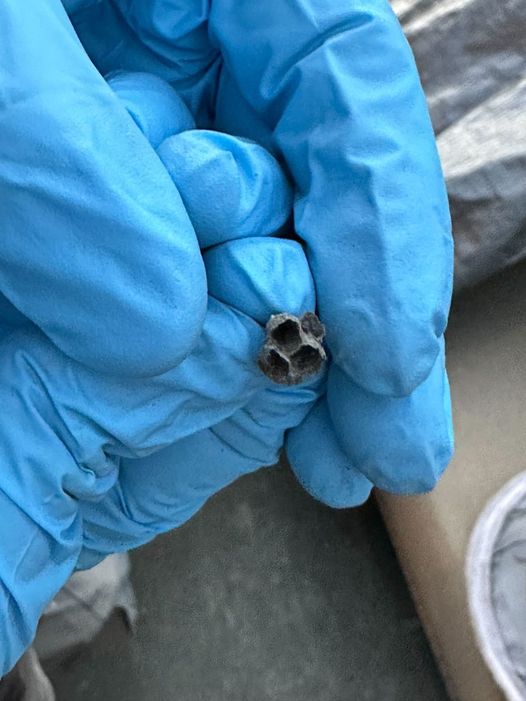
Dealing with Wasp Nests: Identification and Safe Removal
Identifying a Wasp Nest
Discovering an unexpected object under your patio cover can be unsettling. One common intruder is a wasp nest, posing not just a nuisance but also a potential danger to your family. Knowing how to identify and safely remove these nests is crucial for maintaining a safe outdoor environment.
Spotting a Wasp Nest
If you’ve encountered something unusual under your patio furniture cover, this guide will help you determine if it’s a wasp nest, explain its significance, and provide safe removal techniques.
How to Identify a Wasp Nest
- Visual Inspection: Wasps typically construct nests in secluded, covered areas like under patio furniture covers. Their nests are papery and can vary in size and shape, resembling balls or umbrellas.
- Wasp Activity: Regular wasp activity around a specific spot indicates the presence of a nearby nest. Observing wasps entering and exiting a location is a strong indicator.
- Auditory Cues: Wasps emit a distinctive buzzing noise, especially when disturbed. Listen for this sound to detect a nest nearby.
Safe Removal Techniques
Knowing how to safely eliminate wasp nests ensures your outdoor spaces remain safe for relaxation and enjoyment.
Steps for Safe Removal
- Protective Gear: Wear protective clothing such as long sleeves, gloves, and eyewear to prevent stings.
- Night Approach: Approach the nest at night when wasps are less active and calmer.
- Use Wasp Spray: Select a specialized wasp killer spray and carefully follow the application instructions on the label.
- Spray and Retreat: Maintain a safe distance, thoroughly spray the nest, and promptly withdraw. Avoid lingering near the nest.
- Monitor and Repeat: Check the nest the next day. If activity persists, reapply the spray as necessary.
- Dispose of the Nest: Once certain all wasps are deceased, remove the nest using a long tool and place it in a sealed plastic bag for disposal.
Conclusion
By following these proactive measures, you can manage wasp nests effectively while minimizing risks. Prioritize safety at all times, especially when dealing with large or hard-to-reach nests. Consider professional assistance if needed, ensuring your outdoor activities remain free from the unwelcome presence of wasps.